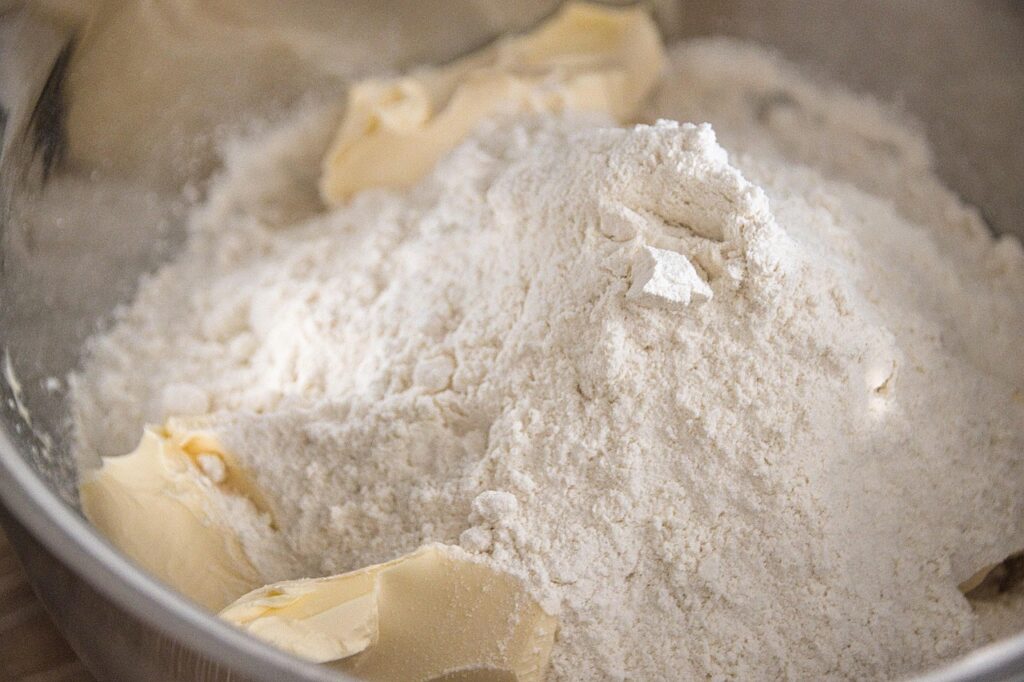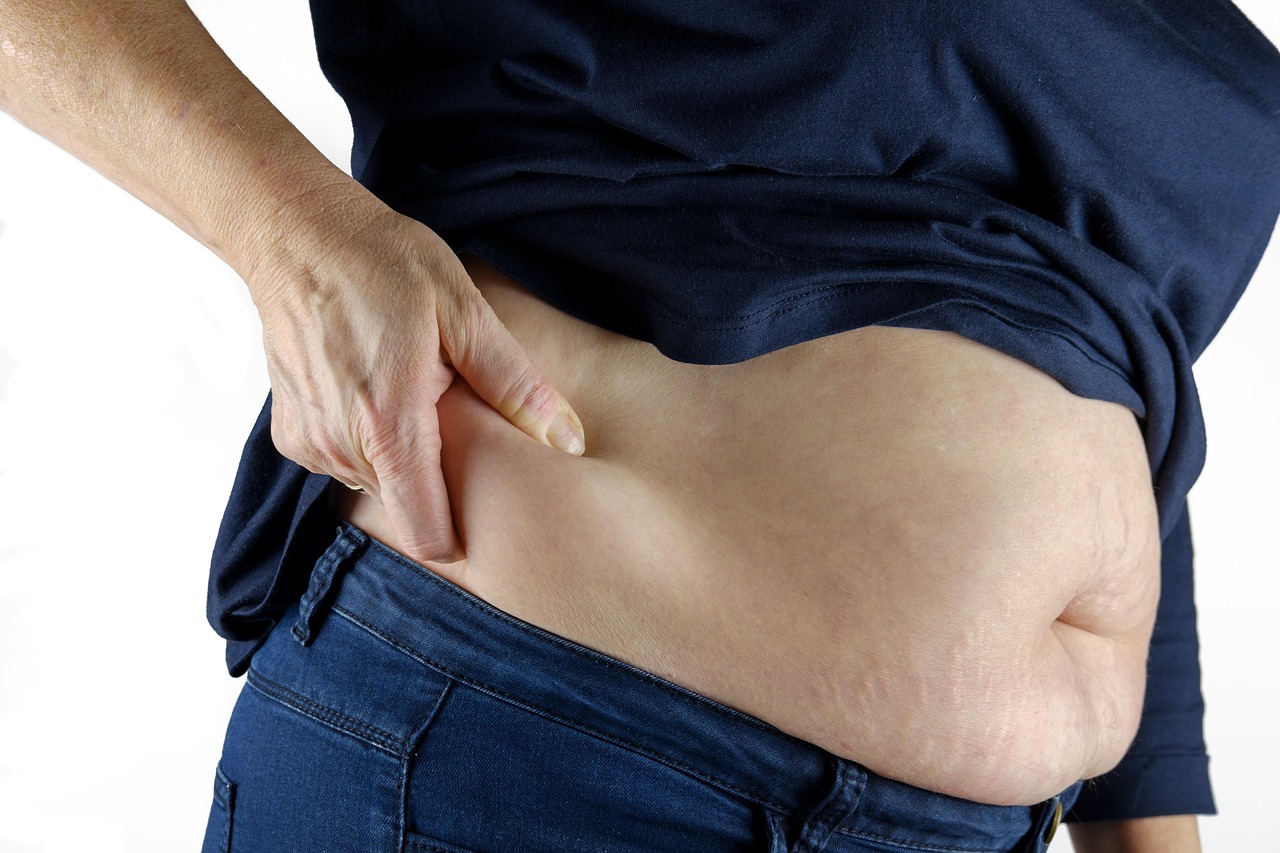Do you enjoy preparing delicious baked goods for your family and friends? If so, you likely know the importance of measuring ingredients accurately. When it comes to dry ingredients, using the correct measuring cups is crucial for achieving the perfect texture and taste in your baked creations. In this article, we will explore the significance of dry ingredients measuring cups and provide tips on how to use them effectively.
Dry ingredients measuring cups are specially designed tools used to accurately measure dry ingredients like flour, sugar, salt, and baking powder. These cups typically come in sets, with varying sizes for different measurements. Unlike liquid measuring cups, they have a leveled edge to allow for easy and precise scooping, leveling, and pouring of dry ingredients.
Using the proper measuring cups is essential because different ingredients have varying densities. For example, flour can be compacted, resulting in a heavier cup if not measured correctly. Too much or too little flour can greatly affect the texture and consistency of your baked goods. By using dry ingredients measuring cups, you can ensure consistency in your recipes and achieve excellent results every time.
To use dry ingredients measuring cups effectively, follow these simple steps:
- Start by selecting the correct size cup for the measurement needed. For instance, if your recipe calls for 1 cup of flour, use the 1-cup measuring cup.
- Use a spoon or scoop to fill the measuring cup with the dry ingredient. Fill it so that it slightly overflows.
- With the back of a knife or another straight-edged utensil, level off the excess ingredient by running it across the top of the measuring cup. This will ensure an accurate measurement.
- Finally, carefully transfer the measured dry ingredient into a mixing bowl or container.
It is important to note that compacting or shaking the filled measuring cup can lead to inaccurate measurements. Similarly, pouring in the dry ingredient without leveling it off can result in an excess or insufficient amount. Therefore, it is crucial to scoop and level each dry ingredient carefully to achieve precise measurements.
In addition to using dry ingredients measuring cups, it is also helpful to educate yourself about the different types of dry ingredients. For example, some recipes may call for sifted flour, which requires a different measurement technique. Sifted flour is lighter and fluffier than compacted flour, so it is important to follow the specific instructions in your recipe. By understanding the characteristics of different dry ingredients, you can adapt your measuring techniques accordingly.
Dry ingredients measuring cups are essential tools for any aspiring baker. By using these specialized cups, you can accurately measure dry ingredients and ensure the success of your culinary creations. Remember to scoop, level, and pour with precision to achieve consistent results. Knowing how to measure different dry ingredients properly will elevate your baking skills and impress your family and friends with delicious treats. So next time you’re in the kitchen, don’t forget your trusty dry ingredients measuring cups.





